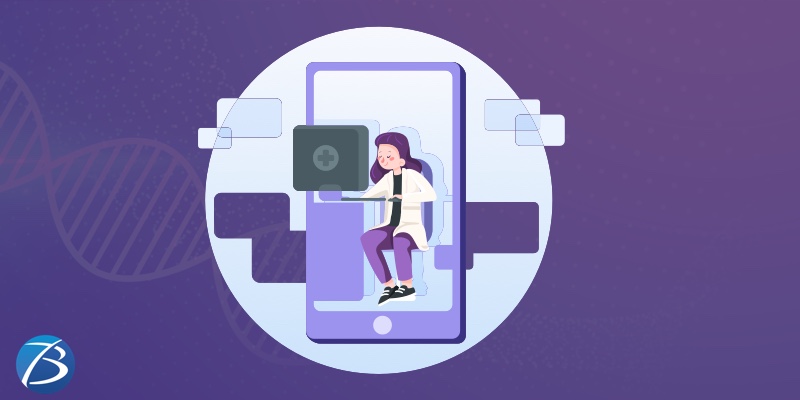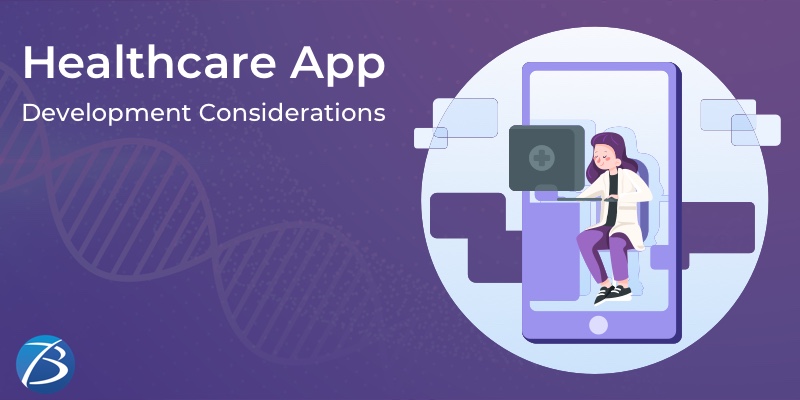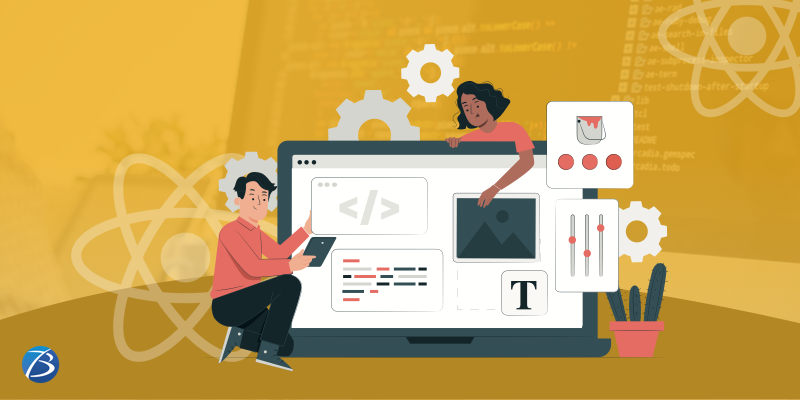Top 5 Factors to Consider While developing a Healthcare App


Evolution in the healthcare sector has picked up the pace. Doctors and other medical experts are adopting new technological developments to attract more customers. Such advancement has given birth to healthcare apps which are quite trending in today’s era. Such apps are expected to touch a figure of 50k by 2025, around 10 times more than expected in 2019. Through such apps, it becomes easy for health care experts to make healthy relations with their patients.
Let’s look at some of the eye-opening facts about healthcare app development:
- 60% of mobile customers use healthcare mobile apps from their phones
- As per Statista, the mhealth market is expected to touch $100 bn by 2022.
- The online fitness app will reach $14.46 bn by 2022.
- Currently, 350k healthcare apps are available worldwide from various app stores.
What is mhealth?
Through mhealth apps, patients can avail of medical services through mobile devices. It allows telecommunication applications and multimedia technologies to deliver health information, health care services, and research. Mhealth has become a buzzword in the current era. Through such apps, patients can identify the symptoms and can know whether medical treatment is required or not.
Through mhealth apps, doctors can track patients’ conditions, let them know about health information, and even diagnose minor conditions. Because of such tremendous popularity of apps, many healthcare app development services are flourishing worldwide.
First, you need to know the important envoys to make your app successful. The healthcare app development typically inaugurates with an affluent understanding of what you want from your medical app, for whom you are making it, and where it will be going.
Some factors should be taken care of during the development of healthcare apps. So let’s take a deep dive and learn about such aspects.
Top 5 Factors to Consider While developing a Healthcare App

Patient privacy
No one can compromise privacy regarding patients’ information through healthcare apps. For instance, USA Health Insurance Portability and Accountability Act (HIPAA) says that no health care app can disclose the protected health information of a patient to anyone. This implies that patient information like name, address, health records, financial records, and other records will be kept secret. Thus all health care apps should provide the facility like password protection, data encryption, digital signatures, limited access, and other security measures to the patients.
Know the audience
Never assume anything about what customers want from the app. Healthcare app developers need to research what people will look for in the app. While making an app, you need to consider the user experience and the technology. A healthcare app should be customer-driven, should think about customer engagement, and there should be an option of satisfaction surveys to let the company know from the customers what is working and what is not working.
Functional Communication Portal
In some healthcare apps, video calling features are availableso thatpatients can speak directly with doctors or other medical professionals. This increases the app’s complexity, which should be addressed properly to retain users’ experience.
While creating such portals, developers must ensure that patients’ information is secure and that UI is easy for the average person. If there are issues in the user interface, it will lead to client dissatisfaction, and he may not use the app in the future.
Simple, sustainable, and scalable designs
Website design is a thoughtful process, and it should be in modules. This will make it easy for developers to modify, upgrade, and put it back in the framework. In addition, Healthcare apps should be simple, and it is better to avoid multiple interfaces in them as this will increase the confusion for patients who may not be technically savvy.
Simplicity is especially important in scheduling platforms and integration with third-party apps, so it will never interfere with the patients’ routine. Thus patients will not be compelled to get hands-on with new technology other than the one they are already using.
Functionality test of the app
After app development, healthcare app Development Company in USA should be open to make changes based on their testing team feedback or customer experience. It is important to fix the issues quickly to avoid their frustration to retain customers. Below are some of the aspects that one should check in the app.
- Confidentiality: Ensure that all the information entered by the patient is confidential.
- Usability: Ensure that the user is happy with the interface.
- Compatibility: Ensure that the app works fine on all the platforms like iOS, android, etc.
Over to you!
Overall, there are various aspectthat needs to be taken into consideration while developing a healthcare app. As a developer, you may want to create an error-free app to give a smooth experience to the users. Keep yourself in the shoes of customers before developing the app. This will allow you to know their pain points.
The healthcare app market is growing rapidly. Thus, you must keep many aspects in mind when planning as a developer. First, think about what you want as a developer? For example, you may want to develop an app with minimum error and maximum efficiency. To achieve this, you need to think from the customers’ prospects. If you need help in developing a robust and sustainable healthcare app, get in touch with Biz4Solutions, a prominent software development company in healthcare that is known across the globe.


